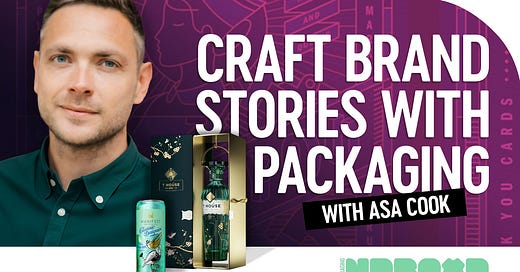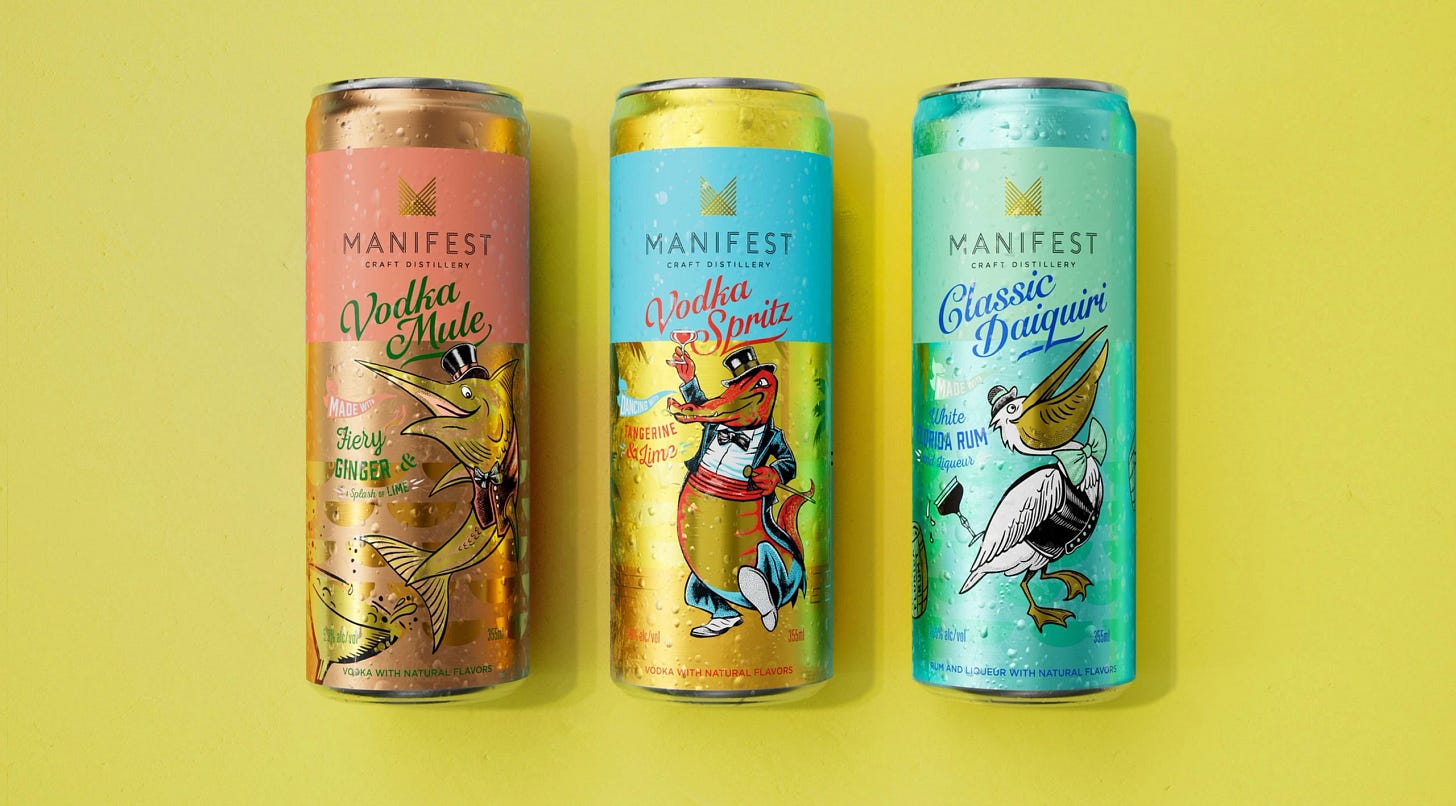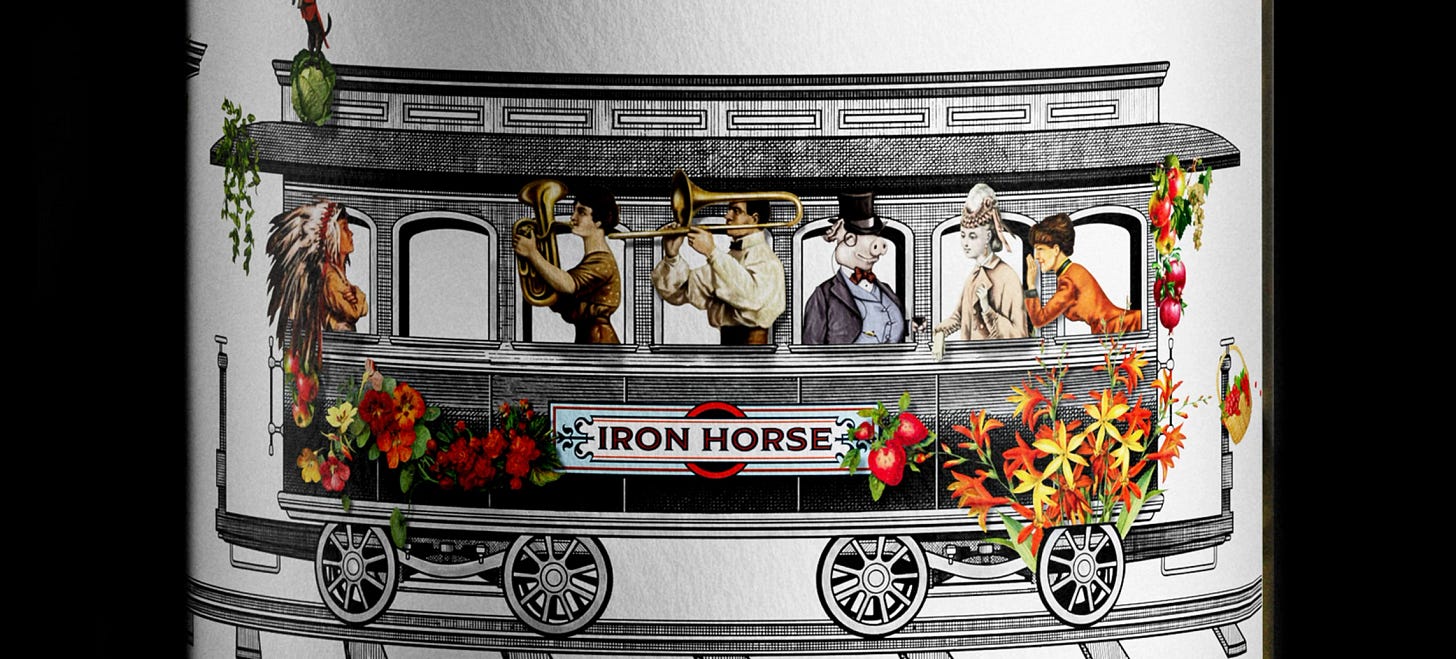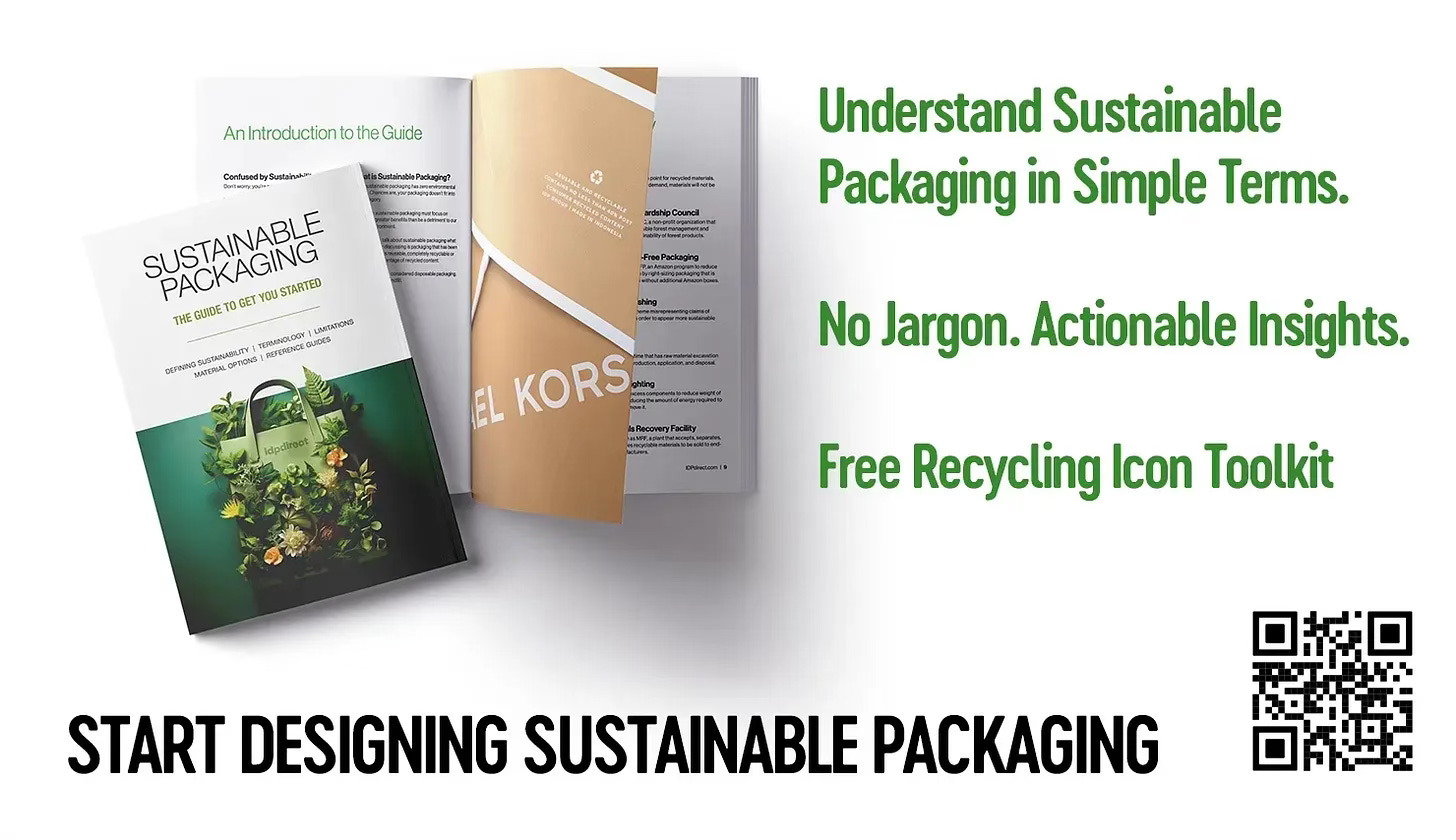Engaging the Five Senses: The Power of Storytelling in Packaging Design
Key Takeaways:
Designers as Storytellers: Crafting narratives that speak through every aspect of packaging, from typography to materials, elevates brand experiences.
Cultural Contexts Matter: Tapping into cultural and historical references adds layers of meaning to packaging design.
Merging Physical and Digital Worlds: Today’s packaging needs to blend tactile experiences with digital engagement to create a fully immersive consumer journey.
Designers Are More Than Creators—They're Storytellers
In today’s market, standing out isn’t just about aesthetics—it’s about weaving a story that consumers can feel, see, and even imagine smelling. Asa Cook from Intertype Studio nails it when he says designers are “walking storage facilities of visual stories.” Designers don’t just create—they curate history, culture, and experience into every single detail.
Asa’s own journey is proof of this. Inspiration can strike anywhere—whether it's wandering through the exhibits at Beijing's Forbidden City or exploring the Shanghai Museum, it all becomes fuel for design. A prime example is Asa’s work on Teahouse Gin, where he blended British and Chinese cultural elements into a design that’s as rich in narrative as it is in visual appeal.
Asa says it best: "I'm fascinated by the contrast of different materials," and that material mix isn't just a visual treat—it’s sensory, engaging the consumer on every level. Imagine holding a bottle that feels both luxurious and steeped in history—now that’s storytelling.
From Graphic Design to Packaging: Finding Your Path
Funny how life works—Asa never planned to become a packaging designer. He started off in graphic design, often finding himself more drawn to creating physical, tactile objects during his university years. His mentors noticed something early on: "You’re going to be a packaging designer," they said. Asa resisted at first. “No way,” he thought. But fast forward, and guess who was right?
Packaging design agencies were immediately drawn to Asa's work, thanks to his obsession with materiality and craftsmanship. It goes to show—sometimes your path finds you, and in Asa's case, it led him to a career that blends creativity with hands-on design.
Takeaway: Stay open to where your interests take you—even if it’s not where you initially thought you’d end up. Asa’s story is proof that leaning into what excites you can unlock unexpected, rewarding opportunities.
Storytelling Through Packaging: Crafting Teahouse Gin
Luxury packaging isn’t just about making something look good—it’s about telling a story. Teahouse Gin does exactly that, with Asa infusing the product’s identity with rich cultural narratives from his travels. He drew inspiration from the tale of a Chinese Empress opening the Forbidden City’s gates, symbolizing the exchange between East and West.
Asa’s approach: "The liquid is a gift from England, but the bottle? That’s China’s cultural elements on full display." Every detail of Teahouse Gin—from the typography to the bottle’s shape—reflects this fusion, making the packaging not just beautiful but deeply meaningful.
Codifying Design: The Power of Precision
Ever wondered how designers create such cohesive packaging that every little detail seems to fit? Asa breaks it down: "We codified everything before we even started designing—colors, illustrations, materials, textures."
Take Teahouse Gin, for example. Asa didn’t just slap on some Chinese-inspired graphics. He photographed traditional pavilions, studied the intricate details, and translated those into modern, vibrant colors for the brand. The result? A product that feels both historically grounded and fresh.
Takeaway: The key to great design is precision. Don’t rush into the visuals—take time to codify your elements, ensuring everything ties back to the core story.
Going Beyond Packaging: The Digital and Physical Connection
In today’s world, packaging is only part of the experience. It has to link up with digital interactions, creating a seamless journey for the consumer. Asa nails this concept by connecting Teahouse Gin’s physical elements—like porcelain dogs—with its online presence on platforms like WeChat.
Asa’s philosophy: "We’re constantly thinking about how physical design becomes digital design." When the packaging leads to a digital touchpoint, it amplifies the brand's reach and keeps consumers engaged across multiple platforms.
Takeaway: Don’t stop at the packaging. Think about how you can extend the experience online and engage your audience digitally—because that’s where they’re headed next.
Elevating Everyday Products: Design Excellence for All
Here’s something to chew on: thoughtful design can elevate even the most basic products into something premium. Asa’s work on Bon Raw Sugar proves this point. What could have been a typical commodity becomes desirable through well-crafted design.
Asa puts it simply: "Look at Aesop—soap is a commodity, but the design makes it something more." The idea? Any product, no matter how simple, can be elevated with the right design approach.
Takeaway: Don’t think your product is too small or too mundane for great design. With the right storytelling and attention to detail, even everyday items can become premium experiences.
Final Thoughts
Packaging isn’t just a vessel—it’s a storyteller, a brand ambassador, and a tactile experience all in one. Designers like Asa Cook remind us that when you infuse your work with history, culture, and precision, you create more than just packaging—you create an experience.
Curious about how to integrate storytelling into your packaging? Reach out to Intertype Studio and see how cultural depth can elevate your brand’s narrative.










